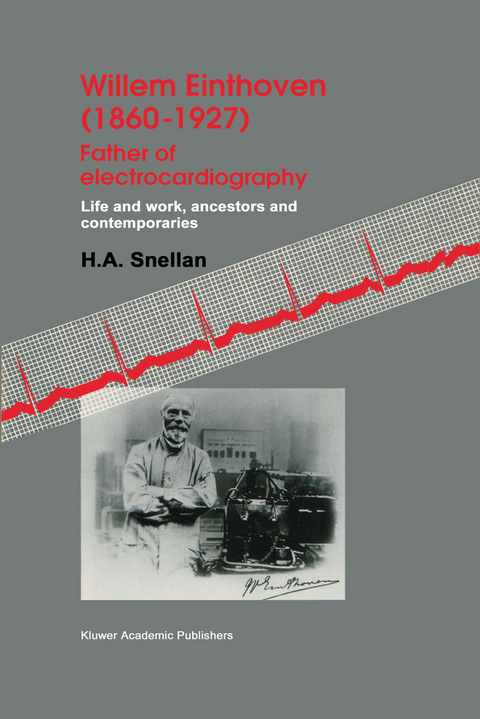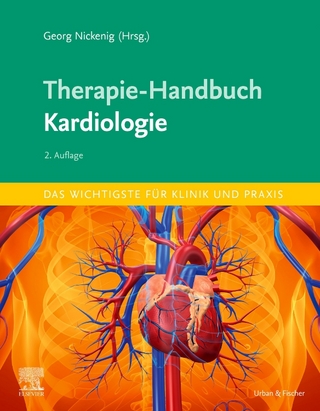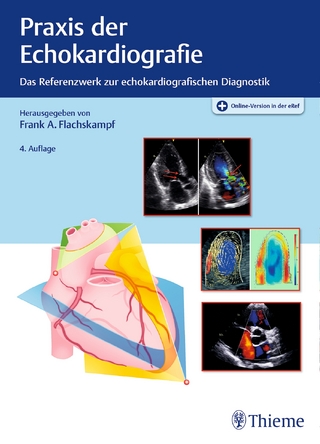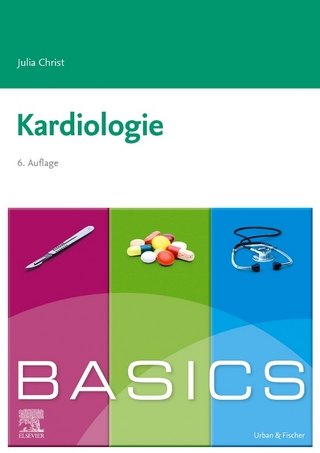
Willem Einthoven (1860–1927) Father of electrocardiography
Springer (Verlag)
978-0-7923-3274-9 (ISBN)
This is the first book on Einthoven in the English language; two earlier extensive reviews of his life and work were published in Dutch by his former co workers Hoogerwerf and de Waart, in 1946 and 1957 respectively; the latter provides a brief summary in English; the former also wrote a succinct article on 73 Einthoven in English. 74 Hoogerwerf's review mentioned above was published as a chapter in "Helden der Wetenschap" i. e. "Heroes of Science," a book on Dutch Nobel Prize winners which has a somewhat romantic character corresponding 108 with the title. On the other hand, de Waart's book gives more scientific and technical details, and provides full reference to Einthoven's papers, his assistants and the doctoral theses written under Einthoven's guidance. On the whole there fore the latter is the best source of information and I have used it often and gratefully. At the same time it requires more effort to read; the other book may have had a wider reading public. The main reason however for which I decided to write a book on Eintho ven and was encouraged to do so by the Einthoven Foundation, is not the want of an English text, but the fact that more information has become available in the meantime.
1 (1860–1885) Willem Einthoven’s ancestors. Early childhood at Semarang; school-days and medical training at Utrecht.- 2 (1886–1900) Scientific orientation and self-study at Leiden. Gradual concentration on electrophysiology in particular of the heart, using Lippmann’s capillary electrometer.- 3 (1901–1915) The string galvanometer and its applications; development of electrocardiography.- 4 (1916–1927) Ultimate improvement of the string galvanometer; its achievements and limitations. Einthoven’s American lecture tour and Nobel Prize. Survey of electrocardiography completed during final illness.- 5 Willem Einthoven and his relatives, friends and personally acquainted scientists. Part I: Selected Dutch correspondence: Donders, Bosscha, Lorentz, Julius, Wenckebach, de Vogel, W.F. Einthoven, de Waart.- 6 Willem Einthoven’s correspondence with personally acquainted colleagues. Part II: Selected correspondence in English and German: Fahr, Waller, Lewis, Wilson, Samojloff, A.V. Hill, Wiggers. Review of their papers on Einthoven.- 7 Additional evaluations of Einthoven’s work (by not personally acquainted authors) including Johansson (chairman Nobel Prize Committee) together with comments on Klaus and Nicolai; furthermore Burch and De Pasquale; Katz and Hellerstein; Shapiro; Cooper (Sections 1 and 4–7). Some correspondence and arrangements concerning production of the string galvanometer in particular with Edelmann and Ebert together with a comparison of Einthoven’s work to that of Ader (Sections 2 and 3).- Concluding remarks.- References.
| Zusatzinfo | 24 Illustrations, black and white; II, 140 p. 24 illus. |
|---|---|
| Verlagsort | Dordrecht |
| Sprache | englisch |
| Maße | 155 x 235 mm |
| Themenwelt | Medizinische Fachgebiete ► Innere Medizin ► Kardiologie / Angiologie |
| Studium ► Querschnittsbereiche ► Geschichte / Ethik der Medizin | |
| ISBN-10 | 0-7923-3274-1 / 0792332741 |
| ISBN-13 | 978-0-7923-3274-9 / 9780792332749 |
| Zustand | Neuware |
| Haben Sie eine Frage zum Produkt? |
aus dem Bereich


